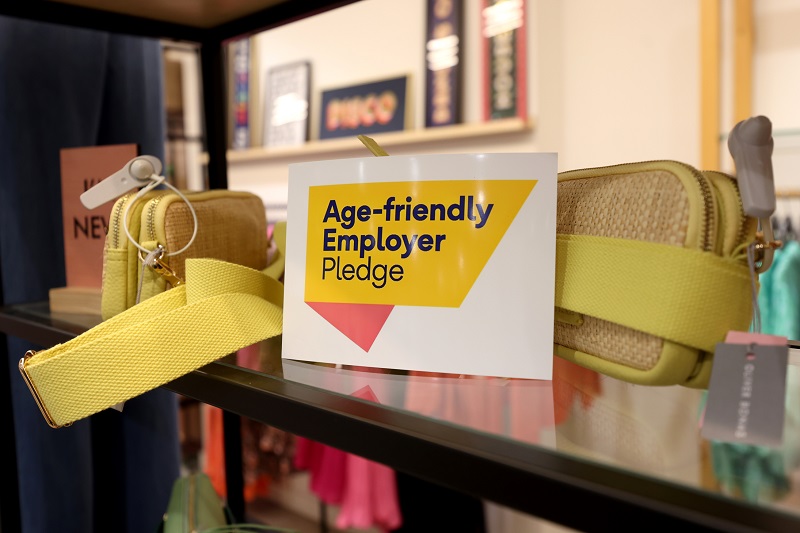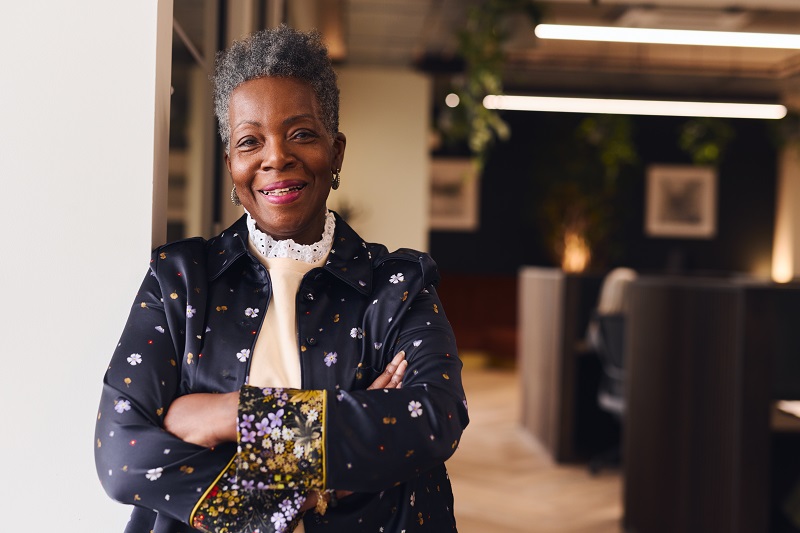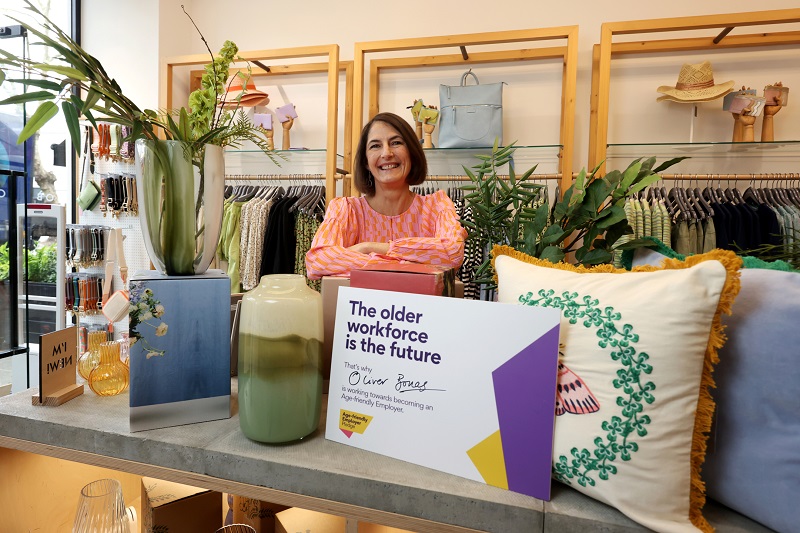Business leaders are becoming increasingly aware of the importance of promoting diversity and inclusion in the boardroom and the value it can bring to an organisation. Former Sainsbury’s chairman David Tyler explains why things are slowly changing for the better.
David Tyler has a career spanning 45 years and has never had a female or ethnic minority boss.
“I think that’s terrible,” the former Sainsbury’s chairman admits. “On the other hand, I have employed plenty of women and people from ethnic minorities.”
He argues that one of the barriers to redressing the imbalance at the top is that many of today’s business leaders started in an environment where nearly all the senior people tended to be white males. Also, in his early days, ethnic minorities represented a much smaller proportion of the population as a whole. , In addition, women’s attitudes to their careers have changed over the years.
“So, the stumbling block is partly generational,” says David. “Fifteen or 20 years ago, if you were looking for a senior person, there were relatively few people from ethnic minorities and relatively few women with the relevant experience. Two decades later, there has been a transformation in the availability of talented women and talented people from minority communites.
“For any business, it makes sense to want access to all the potential talent in society. Why would you only want to draw from a talent pool that excludes 50% of people, women? Or from one that ignores people from ethnic minorities – about 14% of the population. That would be crazy.
“I think business leaders are increasingly taking diversity seriously and understand that this fosters better business decisions.
Ultimately, he adds, a more diverse and inclusive workforce contributes to the success of organisations.
Put yourself in others’ shoes
One of the biggest challenges to diversity and inclusion is tackling racial prejudice – both open and hidden. “What you’re talking about are uncomfortable conversations that can cause a lot of anxiety among people,” David explains. “But far better to have those conversations and I think increasingly, in businesses and other organisations, we do.
“You can’t change prejudice just by pointing it out. There has to be an emotional change inside an individual. This means assessing the practices in your organisation, including the words that people are using.”
During the last decade of his tenure at Sainsbury’s, the business used the phrase embrace the difference to start the conversation. The supermarket giant also introduced several activities to tackle prejudice.
Embrace the difference helped staff to think more clearly about an individual’s merits and to understand their different views and culture.
“The ideas was to try to put yourself in their shoes, embracing exactly where they come from and why their attitude toward things might be a bit different,” says David. “I’m not asking you to change yourself and what you do. But the more you embrace difference, the more comfortable people feel.”
Another initiative was Beyond a Joke Week, which included videos, around the banter people use. It made it clear that calling someone out or making jokes about their background was offensive and hindered diversity and inclusion. There were other diversity weeks, stressing various issues, and the company also started to use anonymised CVs in the recruitment process.
Recruitment targets
David believes that reverse mentoring – a young ethnic minority person talking to a senior manager – is a good way of helping to change behaviours. “It can go both ways,” he adds. “A senior person can be mentoring an individual about how to develop their career at the same time as the individual is mentoring the senior person about the language they might be using. Sometimes people don’t realise they might unintentionally be being offensive.”
He suggests that setting recruitment targets was one way of improving workplace diversity. However, they should not be mandatory. For example, it might not be possible to meet ethnic targets in some communities where ethnic minorities represent a small percentage of the population. Also, it was important to avoid employing people as ‘tokens’.
Another strategy would be to insist that headhunters propose some Black Asian and Minority Ethnic candidates for a role.
David also found that targets are useful in providing data about the mix of people in different departments. He says: “Simply saying, in an unthreatening manner, to the mananger of department A. ‘I see you’ve got 8% ethnicity in your numbers, but department B has 12%. Can we talk about what the reasons might be?’ tends to raise evidence-based awareness and spur people into action.
Name and shame
He doesn’t recommend penalising companies who fail to be diverse and inclusive. Instead, diversity measures might be includied in qualitative assessments for bonus targets. More subtle pressures – naming and shaming – might also work.
The gender pay gap reporting was a case in point. “I think some businesses have been surprised – I suspect the BBC wasn’t aware of the extent of the difference,” David argues. “But, having the information allows you to do something about it.
“Then when you do, you question whether you are doing enough. In remuneration meetings, I might request we compare the proposals for men with those for women and question why they might be different. These days, very often the percentage salary increases women receive are higher because we’re more conscious that they’ve fallen behind the men.”
On ethnicity, David accepts that it can be a challenge to gather data where people may be unwilling to self-identify. He believes it is important to explain why the information is required and how it will be used. Then it’s a case of what comparisons are made. Would it be white people in comparison to all others, or to identify if, for example, how people from African-Caribbean backgrounds were treated differently from those of Indian heritage?
“Then the danger is the numbers in your sample are often quite small,” he says. “You might be learning the wrong lesson. However, the law of big numbers tends to give you a pretty good picture of what’s happening in an organisation or department. But, if you’re splitting your ethnic data into five or six boxes, you might find yourself drawing incorrect interpretations.
“We need to tiptoe into this area carefully, and I think over a period of time it will have a good effect on inclusion and diversity as a whole.”
Meanwhile, his message to anyone wanting to make a difference for themselves is to “keep doing a great job and succeed on your own merits.”









